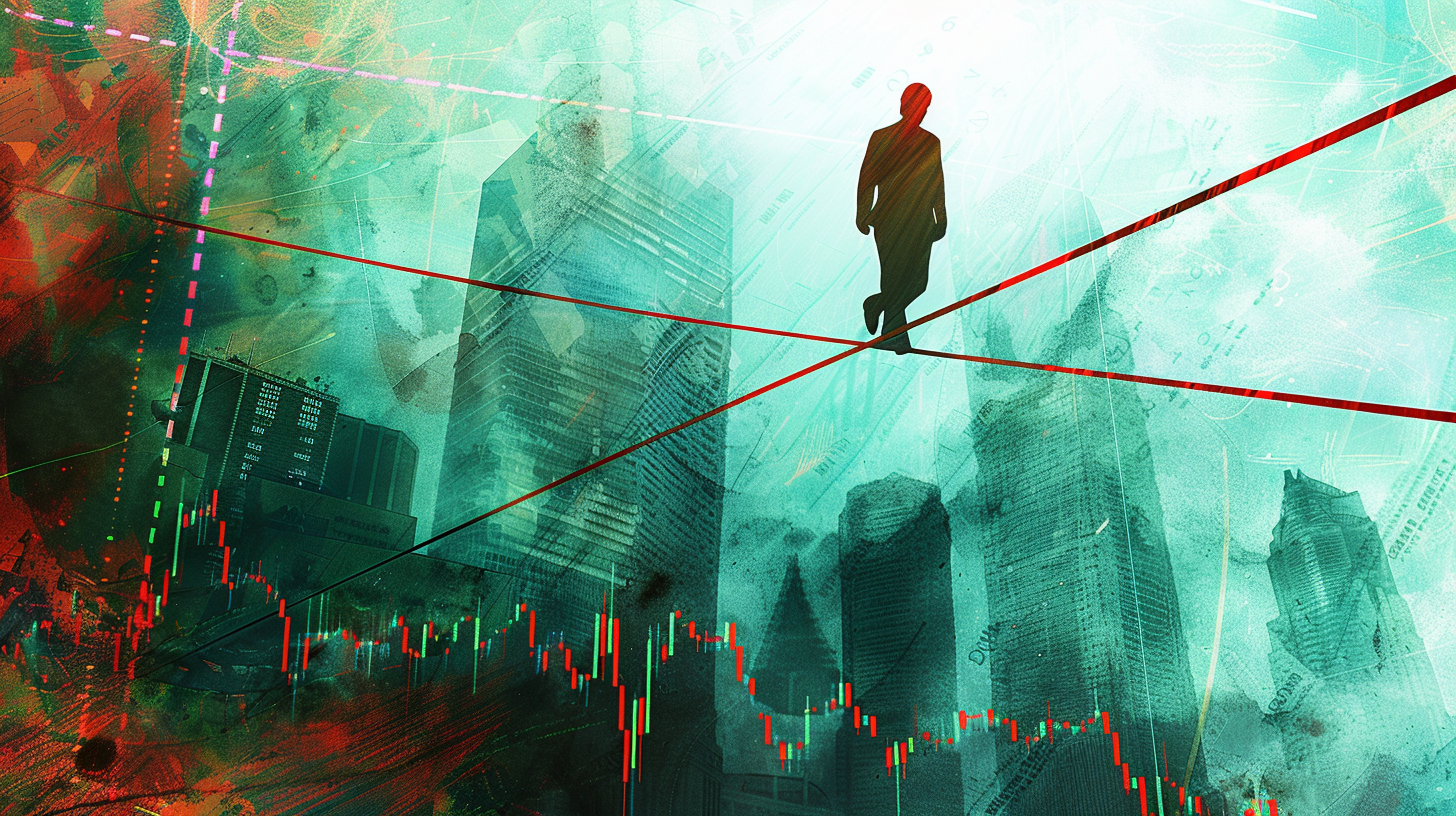In a significant turn of events, the latest data from the Bureau of Labor Statistics (BLS) revealed that inflation cooled in June, marking the first monthly decline since 2020. The Consumer Price Index (CPI) fell by 0.1% compared to the previous month, with a year-over-year increase of just 3%, down from May’s 3.3% annual rise. This data beat economists’ expectations of a 0.1% monthly increase and a 3.1% annual gain.
The June CPI report is notable for being the first instance since May 2020 that the monthly headline CPI turned negative. Additionally, the 3% annual gain represents the slowest rate of increase since March 2021.
When excluding volatile food and gas prices, the “core” CPI showed a modest increase of 0.1% from the previous month and a 3.3% rise over the past year. These figures also came in below expectations, as economists had anticipated a 0.2% monthly increase and a 3.4% annual gain. This marks the smallest month-over-month increase in core prices since August 2021.
In response to the report, markets opened on a positive note. The yield on the 10-year Treasury note fell by approximately 10 basis points, trading around 4.2%.
Despite the positive signs, inflation remains above the Federal Reserve’s 2% annual target. However, recent economic data suggests that the central bank might consider rate cuts sooner rather than later. Following the release of the June inflation data, market analysts estimated an 89% likelihood that the Federal Reserve would begin cutting rates at its September meeting, up from 75% the previous day, according to CME Group data.
The broader economic context includes a robust labor market report from the BLS, which indicated that 206,000 nonfarm payroll jobs were added in June, surpassing the forecast of 190,000 jobs. However, the unemployment rate edged up to 4.1%, its highest level in nearly three years.
The Fed’s preferred inflation measure, the core Personal Consumption Expenditures (PCE) price index, showed a year-over-year increase of 2.6% in May, the smallest annual gain in over three years, aligning with expectations.
Ryan Sweet, Chief US Economist at Oxford Economics, noted that while the drop in CPI between May and June bolsters the argument for rate cuts, it should be interpreted cautiously. He emphasized that this single-month decline does not necessarily indicate a lasting trend.
Seema Shah, Chief Global Strategist at Principal Asset Management, echoed this sentiment, suggesting that while the current figures set the stage for a potential rate cut in September, a cut in July remains unlikely. Shah pointed out that such a premature move could raise concerns about the Fed’s insider knowledge on the economy, and more evidence is needed to confirm a sustained downward trajectory in inflation.
In the breakdown of the CPI components, the shelter index, a significant contributor to core inflation, showed signs of easing. It increased by 5.2% on an annual basis, down from May’s rate, and rose by 0.2% month-over-month. This was the smallest increase in rent and owners’ equivalent rent indexes since August 2021. Additionally, lodging away from home decreased by 2% in June.
Energy prices continued their downward trend, with the index dropping 2% from May to June, primarily driven by a notable 3.8% decline in gas prices. On an annual basis, energy prices were up 1%.
Food prices, however, remained a sticky point for inflation, increasing by 2.2% over the past year and 0.2% from May to June. The index for food at home rose by 0.1% month-over-month, while food away from home saw a 0.4% increase.
Other categories such as motor vehicle insurance, household furnishings and operations, medical care, and personal care saw price increases. Conversely, airline fares, used cars and trucks, and communication costs decreased over the month.
As inflation shows signs of cooling, the economic outlook suggests potential shifts in Federal Reserve policy, with market participants keenly watching upcoming data to gauge the next steps in monetary policy.














